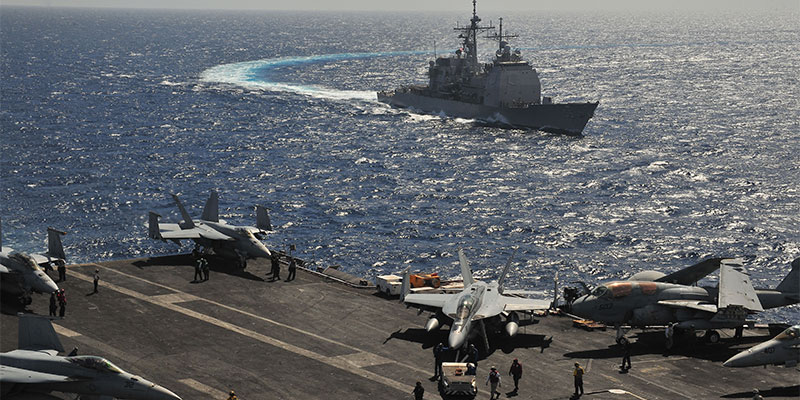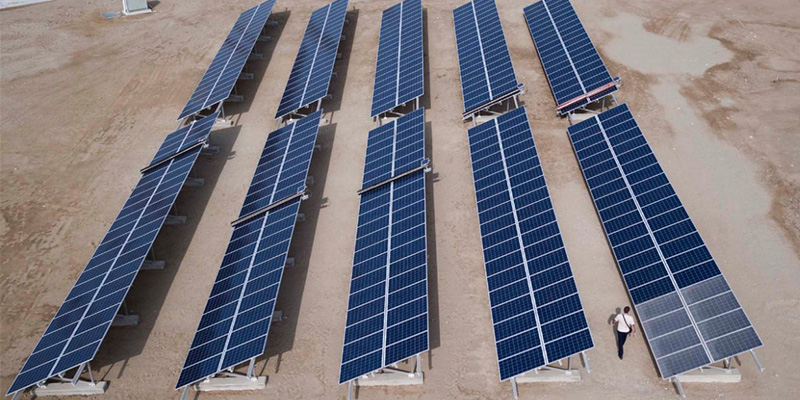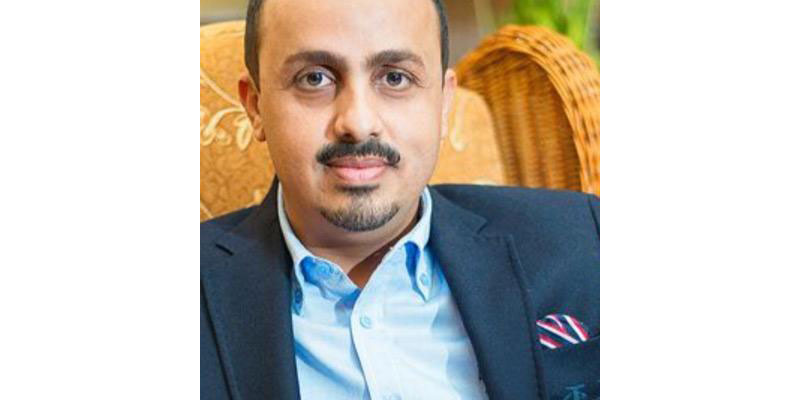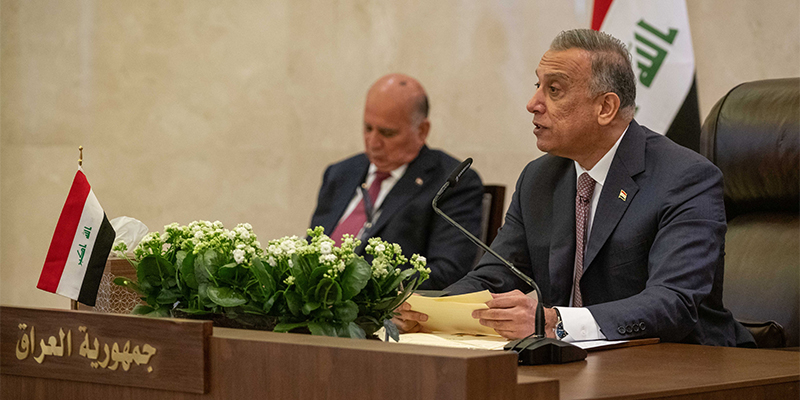Download as PDF: English | عربی AR
Published in partnership with the King Faisal Center on Research and Islamic Studies.
The views and opinions presented here are solely those of the author and do not reflect the views of the United States Government, the National Council on U.S.-Arab Relations, or the King Faisal Center on Research and Islamic Studies.

Summary
With a transition in Washington, discussions in Western capitals will inevitably turn to the issues of how to deal with Iran, the Israeli-Palestinian conflict, the wars in Yemen and Libya, and so forth. Alongside those issues, almost underpinning some of them in a sense, is the matter of reassessing the security architecture in the Gulf and in the region more broadly. Policy planners in Western capitals will have their own ideas for desired outcomes in the region, but as they weigh their options they should consider how the format and structure of a security architecture can inadvertently shape and limit its effectiveness. The design and process of convening partners in the Middle East for a dialogue about peace and security is just as important as the execution and implementation of the vision that brings them together.
Definitions and Parameters
One often thinks of a regional security architecture as a forum with a secretariat and working groups, but it is important to recognize that security architectures usually encompass a wide range of activities. These could include strategic dialogues, financial sanctions, joint military exercises, or nuclear inspections. The architecture is not located in a single event or institution, and tensions can arise if diplomatic goals are not in alignment with military posture.[1] It exists as a conceptual framework accompanied by various diplomatic and security arrangements, which a country adopts in order to guide and shape its relationships with regional partners. It is due to the fact that there are so many different elements at play that different U.S. administrations over time have been able to rework and refashion individual activities to suit their overall policy needs even as the desired policy outcome changes. Just as policy planners in Washington, London, Brussels, Moscow, and Beijing hope to use their efforts to build partnerships in the region, so too do these Great Powers hope to guide and shape the relationships of those nations to one another. Building peace and security in the Middle East while extending the influence of a Great Power state around the world is achievable, but there is a tension between the two objectives that must be carefully watched.
Continue reading “Gulf Security Architectures: Process and Structure”






